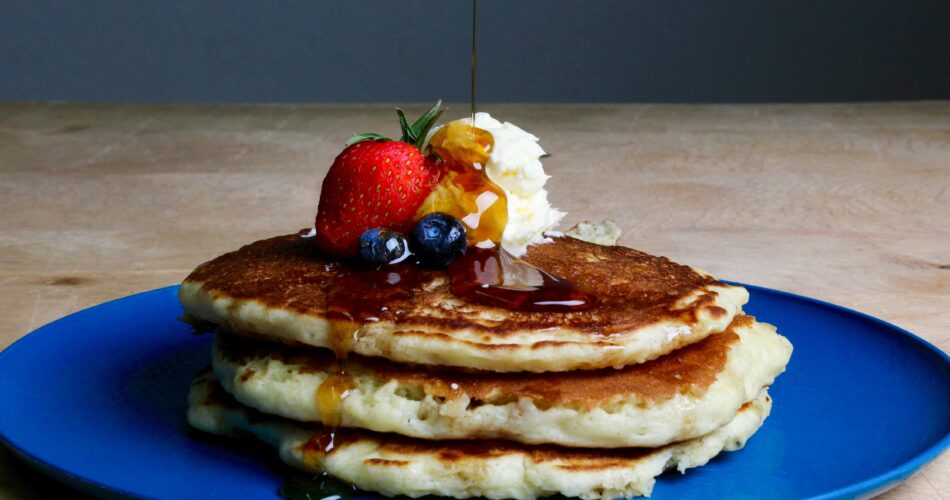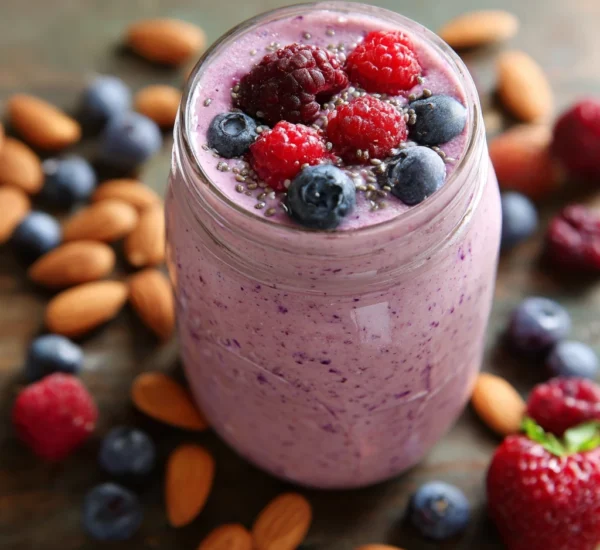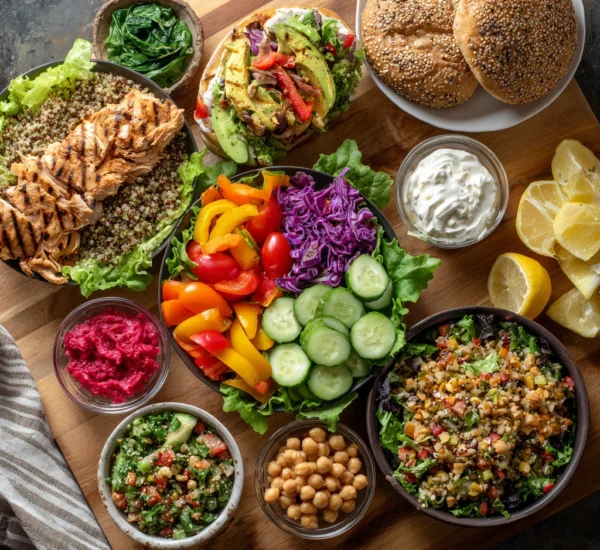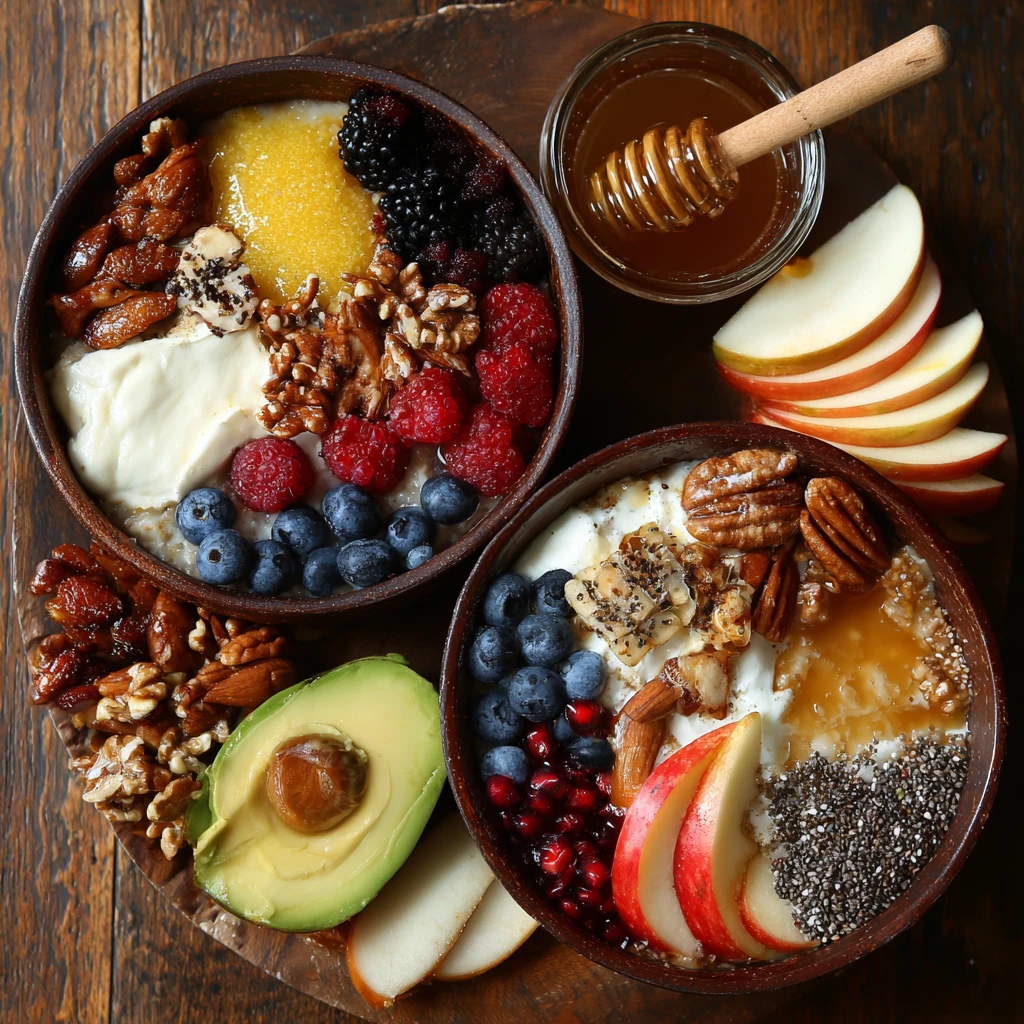The Ultimate Guide to Perfect Homemade Pancakes
Pancakes: a breakfast staple, a weekend treat, a comfort food classic. From light and fluffy to rich and dense, pancakes are endlessly adaptable and universally loved. But achieving pancake perfection at home can sometimes feel elusive. This comprehensive guide will walk you through everything you need to know to create consistently delicious homemade pancakes, every time. We’ll cover the essential ingredients, the crucial techniques, and troubleshooting tips to ensure fluffy, golden-brown stacks that rival your favorite diner.
Mastering the Basic Pancake Recipe
At its core, a great pancake relies on a simple combination of ingredients. Understanding the role each plays is key to unlocking consistently delicious results.
The Essential Ingredients:
- Flour: All-purpose flour is the most common choice for pancakes, providing structure and body. Experimenting with other flours, like whole wheat or gluten-free blends, can add different textures and flavors. Bleached flour generally results in a slightly lighter texture than unbleached.
- Leavening Agent: Baking powder is the primary leavening agent in most pancake recipes. It creates the light and airy texture we associate with good pancakes. Make sure your baking powder is fresh, as it loses its potency over time. Baking soda is sometimes added in small amounts to react with acidic ingredients like buttermilk, further enhancing the rise.
- Sugar: Sugar not only adds sweetness but also helps with browning and caramelization, creating that golden-brown crust. Granulated sugar is the standard, but brown sugar can be used for a richer, molasses-like flavor.
- Salt: A pinch of salt enhances the other flavors and balances the sweetness. Don’t skip it!
- Liquid: Milk is the most common liquid, providing moisture and helping to bind the ingredients. Buttermilk adds a tangy flavor and contributes to a more tender crumb. You can also use non-dairy milk alternatives like almond milk, soy milk, or oat milk.
- Fat: Melted butter, vegetable oil, or even coconut oil adds richness and moisture, preventing the pancakes from becoming dry and tough. Butter contributes a desirable flavor, while oil provides a neutral taste.
- Egg: Eggs add richness, structure, and stability to the batter. They help bind the ingredients together and contribute to the overall texture of the pancake.
The Perfect Ratio:
While recipes vary, a good starting point for a basic pancake batter is:
- 1 1/2 cups all-purpose flour
- 3 1/2 teaspoons baking powder
- 1 teaspoon salt
- 1 tablespoon sugar
- 1 1/4 cups milk
- 1 egg
- 3 tablespoons melted butter (or oil)
Mixing Matters:
The key to fluffy pancakes is to avoid overmixing the batter. Overmixing develops the gluten in the flour, resulting in tough, chewy pancakes. Mix the wet and dry ingredients separately, then gently fold them together until just combined. A few lumps are perfectly fine – in fact, they’re desirable!
Mastering the Cooking Technique
The perfect pancake isn’t just about the batter; it’s also about the cooking technique. Here’s how to achieve golden-brown perfection every time.
Choosing the Right Pan:
A non-stick griddle or frying pan is essential for preventing pancakes from sticking and ensuring even cooking. Cast iron skillets can also be used, but they require proper seasoning and preheating.
Preheating is Paramount:
Preheat your griddle or pan over medium heat. The ideal temperature is around 350-375°F (175-190°C). If the pan is too hot, the pancakes will burn on the outside before they’re cooked through. If it’s too cold, they’ll be pale and flat.
Greasing the Pan:
Lightly grease the pan with butter, oil, or cooking spray. Butter adds flavor, but it can burn easily at higher temperatures. Oil is a good alternative for higher heat cooking.
Pouring the Batter:
Use a measuring cup or ladle to pour the batter onto the hot griddle. Aim for consistent sizes for even cooking. A 1/4 cup measure is a good starting point.
Knowing When to Flip:
The key to flipping pancakes at the right time is to watch for bubbles. When bubbles start to form on the surface of the pancake and begin to pop, it’s time to flip. The edges should also look set and the bottom should be golden brown.
Flipping with Confidence:
Use a thin, flexible spatula to flip the pancake gently but confidently. Avoid pressing down on the pancake after flipping, as this will flatten it and make it tough.
Cooking the Second Side:
Cook the second side for about half the time as the first side, or until it’s golden brown and cooked through.
Keeping Pancakes Warm:
To keep pancakes warm while you cook the rest of the batter, place them on a wire rack in a preheated oven at 200°F (95°C). This will prevent them from becoming soggy.
Delicious Variations and Add-Ins
Once you’ve mastered the basic pancake recipe, the possibilities are endless! Experiment with different flavors and add-ins to create your own signature pancakes.
Fruity Flavors:
- Blueberry Pancakes: Add fresh or frozen blueberries to the batter just before cooking.
- Banana Pancakes: Mash a ripe banana into the batter for a sweet and flavorful twist.
- Strawberry Pancakes: Dice fresh strawberries and add them to the batter or serve them as a topping.
- Apple Cinnamon Pancakes: Add diced apples and cinnamon to the batter for a warm and comforting flavor.
Chocolate Indulgence:
- Chocolate Chip Pancakes: Add chocolate chips to the batter for a classic treat.
- Chocolate Pancakes: Add cocoa powder to the batter for a rich chocolate flavor.
- Peanut Butter Chocolate Chip Pancakes: Combine peanut butter and chocolate chips for a decadent combination.
Savory Sensations:
- Cornmeal Pancakes: Substitute some of the all-purpose flour with cornmeal for a slightly gritty and flavorful pancake.
- Herb and Cheese Pancakes: Add chopped fresh herbs like chives, parsley, or dill, along with grated cheese like cheddar or Parmesan, for a savory pancake.
- Bacon Pancakes: Cook crumbled bacon and add it to the batter for a smoky and savory flavor.
Spice It Up:
- Pumpkin Spice Pancakes: Add pumpkin puree and pumpkin pie spice to the batter for a seasonal treat.
- Gingerbread Pancakes: Add molasses, ginger, cinnamon, and cloves to the batter for a festive flavor.
- Lemon Ricotta Pancakes: Add lemon zest and ricotta cheese to the batter for a light and tangy pancake.
Creative Toppings:
Don’t forget about the toppings! While butter and maple syrup are classics, there are endless possibilities for elevating your pancake experience.
- Fresh Fruit: Berries, bananas, peaches, and mangoes are all delicious toppings.
- Whipped Cream: A dollop of whipped cream adds a touch of elegance.
- Chocolate Sauce: Drizzle with chocolate sauce for a decadent treat.
- Nutella: Spread Nutella on your pancakes for a hazelnut chocolate flavor.
- Nuts: Sprinkle with chopped nuts like walnuts, pecans, or almonds for added crunch.
- Syrups: Experiment with different syrups like maple syrup, blueberry syrup, or caramel syrup.
- Powdered Sugar: A dusting of powdered sugar adds a touch of sweetness and visual appeal.
Troubleshooting Common Pancake Problems
Even with the best recipe and technique, pancake problems can arise. Here’s how to troubleshoot some common issues:
Flat Pancakes:
- Problem: Baking powder is old or expired.
- Solution: Use fresh baking powder.
- Problem: Batter is overmixed.
- Solution: Mix the batter gently until just combined.
- Problem: Pan is not hot enough.
- Solution: Preheat the pan to the correct temperature before cooking.
Tough Pancakes:
- Problem: Batter is overmixed.
- Solution: Mix the batter gently until just combined.
- Problem: Too much flour in the batter.
- Solution: Measure the flour accurately and avoid adding too much.
- Problem: Overcooking the pancakes.
- Solution: Cook the pancakes until they are golden brown and cooked through, but avoid overcooking them.
Burnt Pancakes:
- Problem: Pan is too hot.
- Solution: Reduce the heat to medium.
- Problem: Too much sugar in the batter.
- Solution: Reduce the amount of sugar in the batter.
Sticking Pancakes:
- Problem: Pan is not properly greased.
- Solution: Grease the pan thoroughly with butter, oil, or cooking spray.
- Problem: Pan is not hot enough.
- Solution: Preheat the pan to the correct temperature before cooking.
Pale Pancakes:
- Problem: Pan is not hot enough.
- Solution: Preheat the pan to the correct temperature before cooking.
- Problem: Not enough sugar in the batter.
- Solution: Add more sugar to the batter.
Unevenly Cooked Pancakes:
- Problem: Pan is not evenly heated.
- Solution: Use a griddle or pan that heats evenly.
- Problem: Batter is too thick.
- Solution: Add a little more milk to the batter to thin it out.
Frequently Asked Questions (FAQ)
Why are my pancakes flat?
Several factors can contribute to flat pancakes. The most common culprit is old or expired baking powder. Ensure your baking powder is fresh. Overmixing the batter can also cause flat pancakes by developing too much gluten. Mix until just combined. Finally, a pan that isn’t hot enough will prevent proper rising.
How do I make my pancakes fluffy?
Fluffy pancakes require a light touch. Use fresh baking powder, avoid overmixing, and don’t press down on the pancakes while cooking. Letting the batter rest for a few minutes before cooking can also help relax the gluten and improve the texture.
Can I make pancakes ahead of time?
Yes, you can make pancakes ahead of time. Cook them as directed and then let them cool completely. Store them in an airtight container in the refrigerator for up to 3 days or in the freezer for up to 2 months. Reheat them in a toaster, oven, or microwave.
What is the best way to reheat pancakes?
The best way to reheat pancakes depends on your preference and the quantity. For a few pancakes, a toaster works well. For larger batches, reheat them in a preheated oven at 350°F (175°C) for about 10 minutes. Microwaving is the quickest option, but it can make the pancakes a bit soggy.
Can I use buttermilk instead of milk in pancakes?
Yes, buttermilk adds a tangy flavor and contributes to a more tender crumb. It also reacts with baking soda, further enhancing the rise. If using buttermilk, you may want to reduce the amount of baking powder slightly.
What can I add to pancake batter to make it taste better?
The possibilities are endless! Consider adding extracts like vanilla or almond, spices like cinnamon or nutmeg, or fresh or dried fruits like blueberries, bananas, or chocolate chips. A little lemon zest can also brighten up the flavor.
How do you know when to flip a pancake?
The key to flipping pancakes at the right time is to watch for bubbles. When bubbles start to form on the surface of the pancake and begin to pop, it’s time to flip. The edges should also look set and the bottom should be golden brown.
What is the secret to perfect pancakes?
There’s no single secret, but a combination of factors contributes to perfect pancakes: fresh ingredients, a balanced recipe, gentle mixing, proper cooking temperature, and a non-stick pan. Practice makes perfect!



